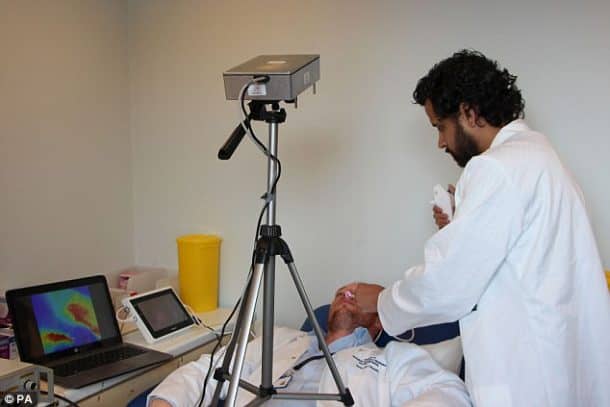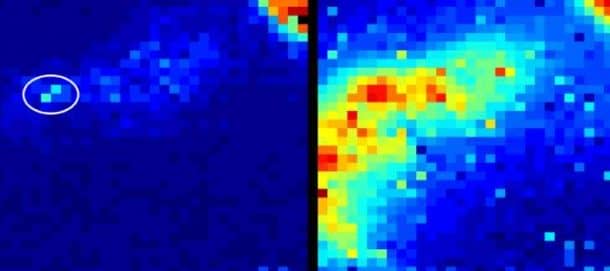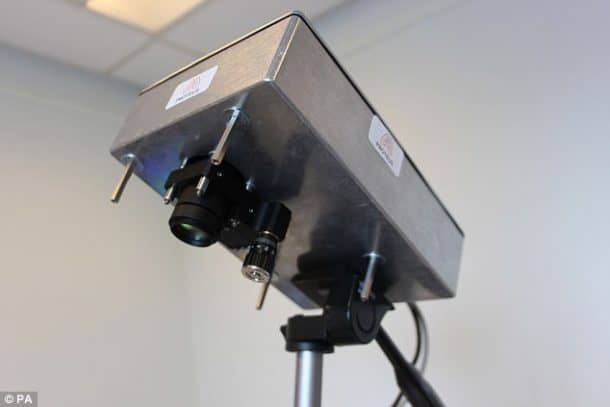The field of medical imaging is as old as 1895 when the X-rays were discovered. Ever since then, many devices and techniques have been developed to peek through the human flesh to diagnose any abnormalities. The latest development is a camera that can see through the human body to help doctors track endoscopes used for investigating internal conditions. The camera detects any sources of light inside the body, which in the case of an endoscope is the illuminated tip of its long flexible tube.

Endoscopy is an efficient approach for diagnosing a variety of problems, but until now, the only way to track an endoscope through the body has required expensive techniques like an X-ray. The light emitted from the end of an endoscope tube is scattered by the tissues and organs, but this device uses an advanced technology to detect individual photons with thousands of detectors embedded on a single chip.
“It has immense potential for diverse applications, such as the one described in this work,” says Prof Kev Dhaliwal from the University of Edinburgh. “The ability to see a device’s location is crucial for many applications in healthcare, as we move forwards with minimally invasive approaches to treating disease.”

Image: Phys.org
Initial tests with the device showed its ability to track a point light source through tissue as thick as 20 cm under normal conditions, making it easy to track the location of an endoscope and help guide it better on the insides.
Researchers from the University of Edinburgh and Heriot-Watt University worked on the project under the Proteus Interdisciplinary Research Collaboration aimed at developing new technologies for diagnosing and treating lung diseases.

“My favorite element of this work was the ability to work with clinicians to understand a practical healthcare challenge, then tailor advanced technologies and principles that would not normally make it out of a physics lab to solve real problems,” said Dr. Michael Tanner from Heriot-Watt University. “I hope we can continue this interdisciplinary approach to make a real difference in healthcare technology.”
The research funded by Engineering and Physical Sciences Research Council was published in journal Biomedical Optics Express.

